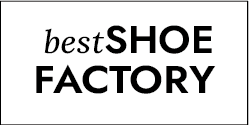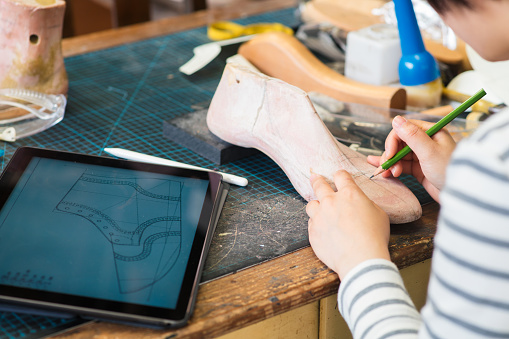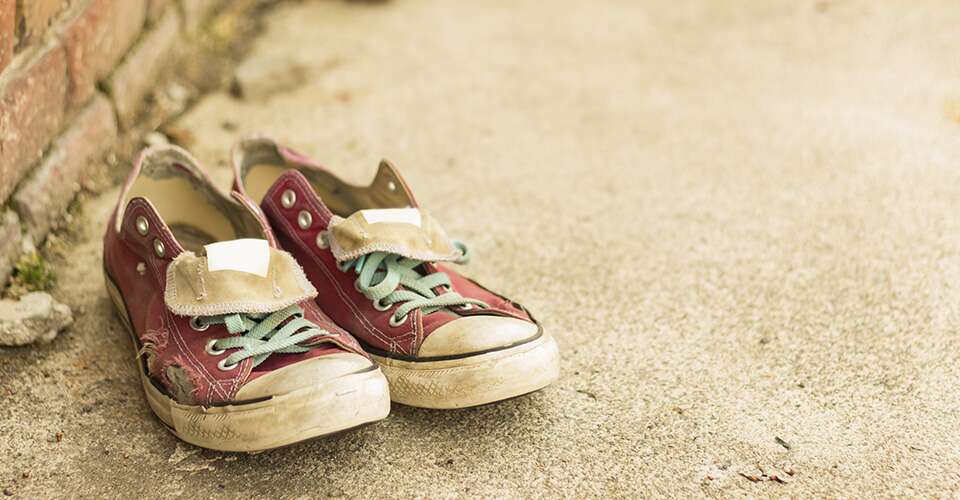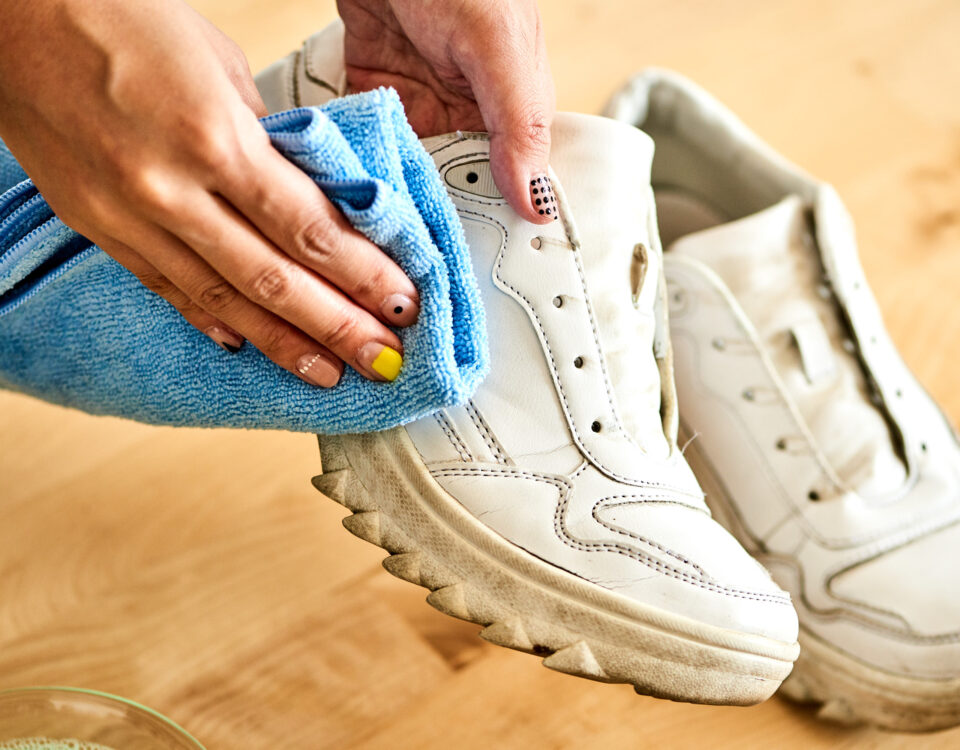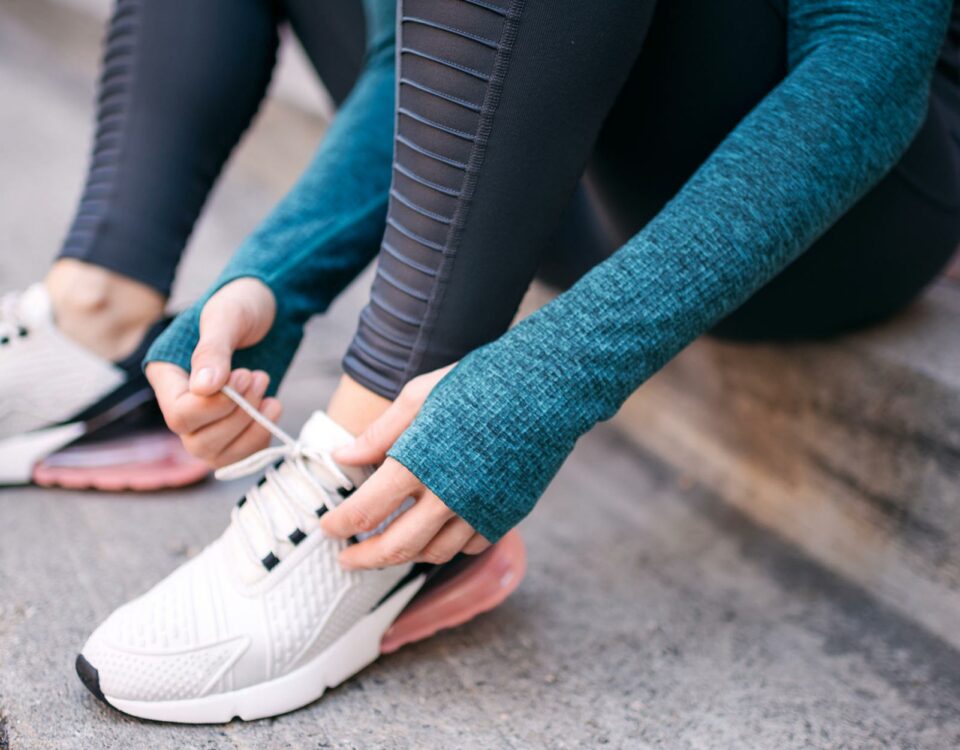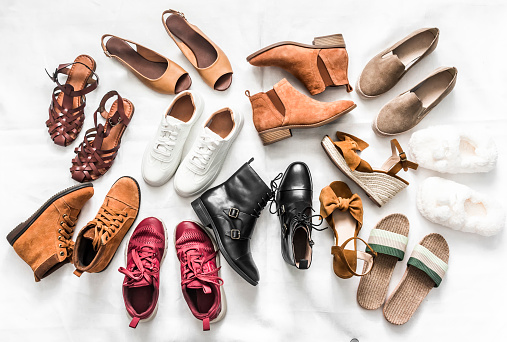
Como iniciar uma linha de sapatos?
January 19, 2022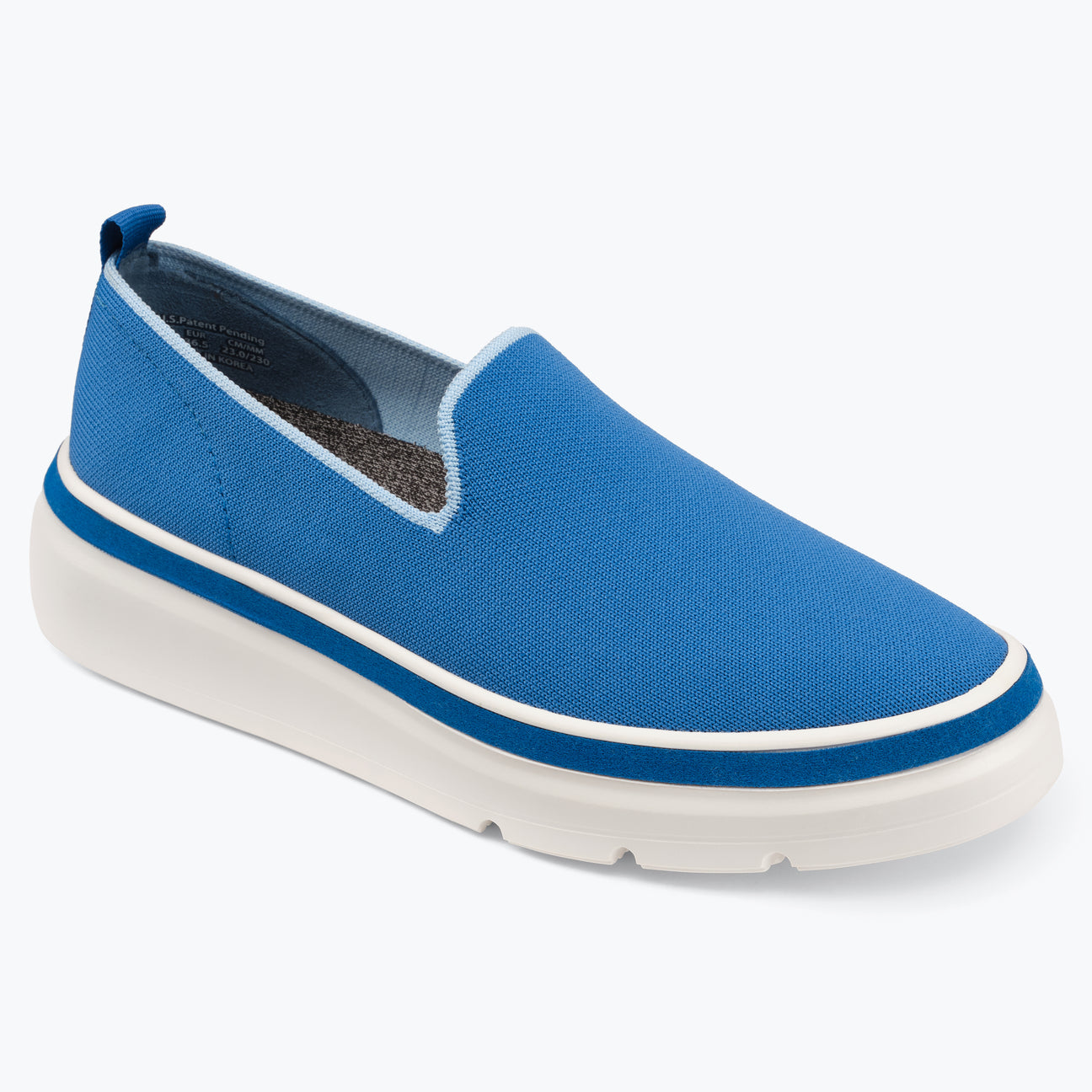
New Footwear Materials: Flywire, Flyknit, Flyweave Shoes
February 9, 2022With over 23 years of experience in private label manufacturing for footwear, our OEM & ODM and footwear manufacturing service is here to help you get through the journey. Keep reading to learn how to start your own shoe business. We make any type of private label shoes!
Introduction to Shoe Components, Injection Molding, Cold Bonding Processes, and Other Related Topics
Injection molding and cold bonding are two different types of shoe construction.
The machine-made shoe is known as injection molding. The turntable machine immediately injects PVC, TPR, and other materials to make the sole at one time once the upper is tied to the aluminum last. Injection molding with PU (polyurethane) is now available (the machine and mold are essentially the same.) It’s not the same as injection molding).
Advantages: The output quantity is large and the price is inexpensive because it is machine-made.
Disadvantages: Changing the mold is more difficult when there are multiple styles, the shoes are tough to form, and the cold glue shoes are not exquisite, therefore they are best for orders with a single sole style.
Handmade shoes are typically described as being cold and sticky. This category includes brand-name shoes from Italy and Spain. Cold-adhesive assembly line processing is usually necessary (except for family workshops). Cold-adhesive soles are typically given by shoe sole manufacturing companies. They will need to open additional molds if they do not have sole molds. Shoe sole producers are generally free to open molds for more than 10,000 pairs. The procedure involves shaping the upper surface with plastic last and gluing it to the sole.
Advantages: The quality is excellent, and the shoes are of a higher grade. Disadvantages: The daily output is small, the price is costly, and it’s best for medium-sized industries to scale up.
Method of differentiation: The sole is the most visible difference between cold glue and injection molded shoes. Because the shoes are left from the mold, there is a line on the heel or edge of the injection-molded shoes. The cold-adhesive sole is hidden on the side of the upper and sole that is cemented together.
Upper, inner lining (lining), front and back ironing bottoms, front and back toe caps, midsole (also known as inch bottom), sole, and other sections are the primary components of shoes.
Upper: LEATHER or synthetic leather are the most common materials. The leather materials are unequal, with the first layer of leather, which is supple and flexible, being the best.
In general, shoes made of high-quality Nappa leather are preferable. The artificial leather comes in a variety of styles. The most common is PU leather, which has a thickness of 800 microns (good can reach 1400 microns), making it suitable for the manufacturing of single-layer uppers (non-composite linings), which are comfortable to wear, especially in Korea Shoes. Rubber rubbing leather, rubbing leather, bubble pattern, crazy horse pattern, huge and tiny pattern, napa pattern, R8 pattern, 18 pattern, and many other patterns have been popular in recent years. Crazy horse leather has a texture similar to genuine leather and includes sound effects, making it fashionable, but it comes at a hefty price.
The lining of PU is often superior to that of PVC, but the price is more!
The sole, which might be made of PU, TPR, PVC, MD, or a combination of these materials, will be an important aspect of the shoe. The benefits of a PU bottom are its low weight, smooth texture, and pleasant hand feels. Many customers in the Middle East and Europe prefer PU soles, but the price is high (the price of PU has recently risen, and the cost has increased significantly, but the price of shoes has not risen, which makes many factories embarrassed), and now there is polyurethane injection molding (After PU INJECTION, it is also trendy due to the large output and lower cost of the machine), and now there is polyurethane injection molding (due to the large output and lower cost of the machine, it TPR soles are light in weight and have some flexibility, but they are less expensive than PU and have no off-putting odor. The cheapest soles are made of PVC. Although it is usually injected straight into the factory, the cold glue sole is also made of PVC. The texture can be changed by pre-molding, which can be hard or soft, however, the PVC sole has a peculiar odor due to the fact that it is made of plastic. When you mix plastic with good oil, the smell is quite faint, but when the oil is reused, the stench is intense and unpleasant. It is entirely dependent on the factory’s reputation.
The sole and upper layers are the only other pieces, such as the midsole. I won’t discuss the material because it is single. Steel toe is a millimeter-thick layer of cardboard. Taiwanese steel toes are of higher grade, and the 1.7mm steel toe is already ideal. It’s primarily utilized in the toe and heel of leather shoes to make them look sharp and sharp, as well as to help strengthen the contour of the shoe.

We call us Best Shoe Factory because we provide the best service in the shoe industry, and thanks to our multi-functional production lines, we are now able to manufacture any type and any level of shoes for you. Alimao Footwear Inc. was established in Wenzhou, the center of the shoe industry of China, in 1998. As one of the largest shoe exporters in China, our main business includes Original Equipment Manufacturers and Import and Export Trade. Throughout the years, we have formed solid relationships with over thirty client companies across five continents and established our reputation across the globe. From children’s shoes to Luxury leather shoes, our factories can make every type of shoe for customers. Our main products are private label shoes, customized shoes, luxury leather shoes, children’s shoes, Oxford & Derby shoes, women’s boots, and sneakers. For any questions, feel free to contact hello@bestshoefactory.com!

